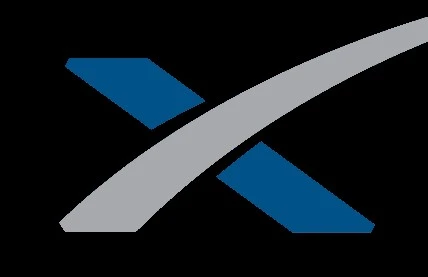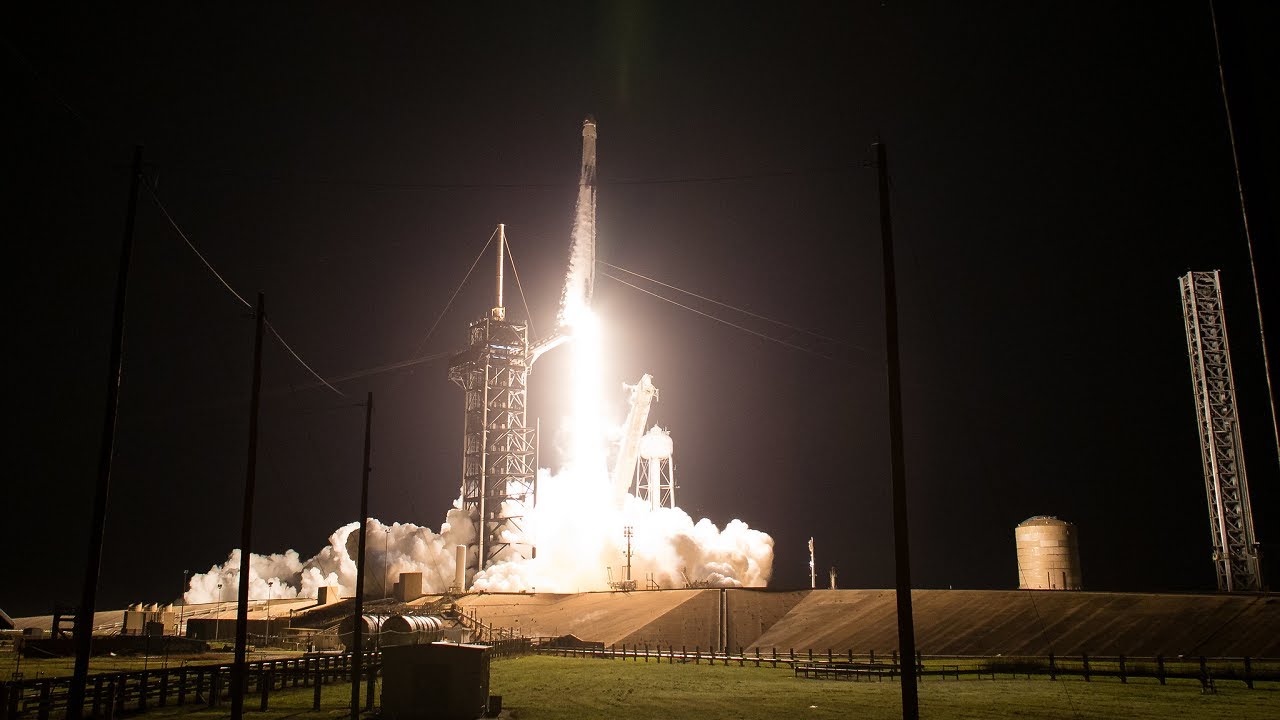Relevant portion of the video is 18:06 - 22:22.
Key quote: “We’ll move a Dragon recovery vessel to the Pacific some time next year, and we’ll use SpaceX facilities in the Port of Long Beach for initial post-flight processing”.
Although this was revealed in a Crew-9 briefing, it doesn’t actually apply to Crew-9.
The announcement has just now been posted to the SpaceX website.
Key excerpts:
During Dragon’s first 21 missions, the trunk remained attached to the vehicle’s pressurized section until after the deorbit burn was completed. Shortly before the spacecraft began reentering the atmosphere, the trunk was jettisoned to ensure it safely splashed down in unpopulated areas in the Pacific Ocean.
After seven years of successful recovery operations on the U.S. West Coast, Dragon recovery operations moved to the East Coast in 2019, enabling teams to unpack and deliver critical cargo to NASA teams in Florida more efficiently and transport crews more quickly to Kennedy Space Center. Additionally, the proximity of the new splashdown locations to SpaceX’s Dragon processing facility at Cape Canaveral Space Force Base in Florida allowed SpaceX teams to recover and refurbish Dragon spacecraft at a faster rate […]
This shift required SpaceX to develop what has become our current Dragon recovery operations, first implemented during the Demo-1 and CRS-21 missions. Today, Dragon’s trunk is jettisoned prior to the vehicle’s deorbit burn while still in orbit, passively reentering and breaking up in the Earth’s atmosphere in the days to months that follow. […]
When developing Dragon’s current reentry operations, SpaceX and NASA engineering teams used industry-standard models to understand the trunk’s breakup characteristics. These models predicted that the trunk would fully burn up due to the high temperatures created by air resistance during high-speed reentries into Earth’s atmosphere, leaving no debris. The results of these models was a determining factor in our decision to passively deorbit the trunk and enable Dragon splashdowns off the coast of Florida.
In 2022, however, trunk debris from NASA’s Crew-1 mission to the International Space Station was discovered in Australia, indicating the industry models were not fully accurate with regards to large, composite structures such as Dragon’s trunk. […]
After careful review and consideration of all potential solutions – coupled with the new knowledge about the standard industry models and that Dragon trunks do not fully burn-up during reentry – SpaceX teams concluded the most effective path forward is to return to West Coast recovery operations.
To accomplish this, SpaceX will implement a software change that will have Dragon execute its deorbit burn before jettisoning the trunk, similar to our first 21 Dragon recoveries. Moving trunk separation after the deorbit burn places the trunk on a known reentry trajectory, with the trunk safely splashing down uprange of the Dragon spacecraft off the coast of California.
We’ll move a Dragon recovery vessel to the Pacific some time next year
What do you think will happen to the other one? Do you think they’ll maintain a Florida splashdown capability indefinitely, as a backup (e.g. in case of bad weather in all the new West Coast splashdown zones)?
Or just keep it going for a while, until they’re happy with the new arrangements? Would they then decommission the other recovery vessel? (There are just two of them, right?) Or move it to the West Coast to join its sister?
Turns out that some of the later parts of the video I posted largely negated my above comment.
What do you think will happen to the other one? Do you think they’ll maintain a Florida splashdown capability indefinitely, as a backup
Question at 43:08.
43:56 “There may be a small transition period as we’re moving vessels through the Panama Canal … where we can support either Coast …” (implying not indefinite)
e.g. in case of bad weather in all the new West Coast splashdown zones
51:15 “one benefit of moving to the West Coast is much better weather”
Also of interest …
30:39. Sounds like they didn’t bother with a Public Safety Determination in the end, and just went directly to full(?) approval.
Thanks for pulling out the interesting bits!
Only yesterday I was here objecting to large expenditures on debris mitigation (specifically, to the “US De-Orbit Vehicle” for the ISS), so I guess I’d better be consistent (regardless of down-votes)!
If I was advising SpaceX, I’d tell them to go with this West Coast plan.
If I was advising humanity as a whole, I’d point out that despite our evolved psychology as a species, we are sometimes still capable of behaving rationally. And if the expected value of any particular iniative to make some space industry debris less likely to do harm to people/property is less than the actual cost of that initiative, it probably shouldn’t go ahead.
Also, I’d be interested to see how this changes the Loss of Crew probability. Presumably it’s less risky to do trunk separation prior to the deorbit burn, because if the separation process encounters any problems, there is much more of an opportunity for troubleshooting.
Also, I’d be interested to see how this changes the Loss of Crew probability. Presumably it’s less risky to do trunk separation prior to the deorbit burn, because if the separation process encounters any problems, there is much more of an opportunity for troubleshooting.
Yeah, it’s interesting that they are modifying this sequence. There have been two Soyuz missions (Soyuz 5 and Soyuz TMA-11) in which the service module failed to separate from the descent module prior to reentry. The crew survived in both cases, with moderate injuries from the rough landings.
It would be interesting to know if SpaceX/NASA have run any simulations on whether the Dragon trunk would burn away before the hatch burned through.
And I see that the Soyuz TMA-11 crew included Peggy Whitson. We wouldn’t want the same kind of thing to happen to her twice!
(Her 2nd Axiom mission is NET November this year, so that shouldn’t be affected by this change, but any subsequent Axiom missions might be.)


